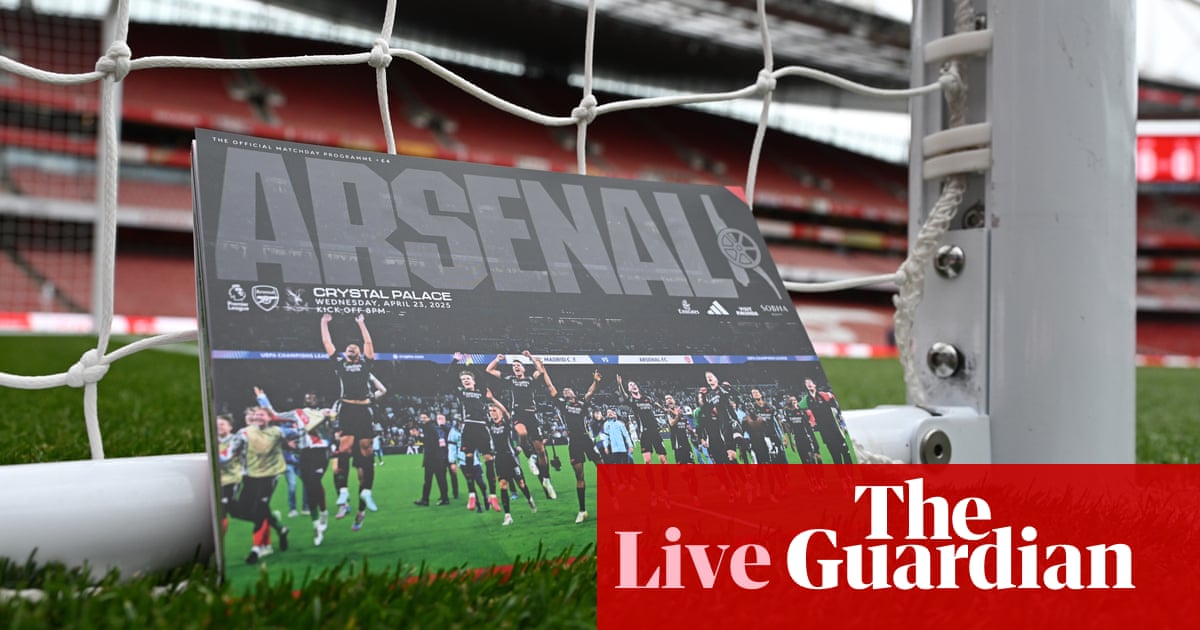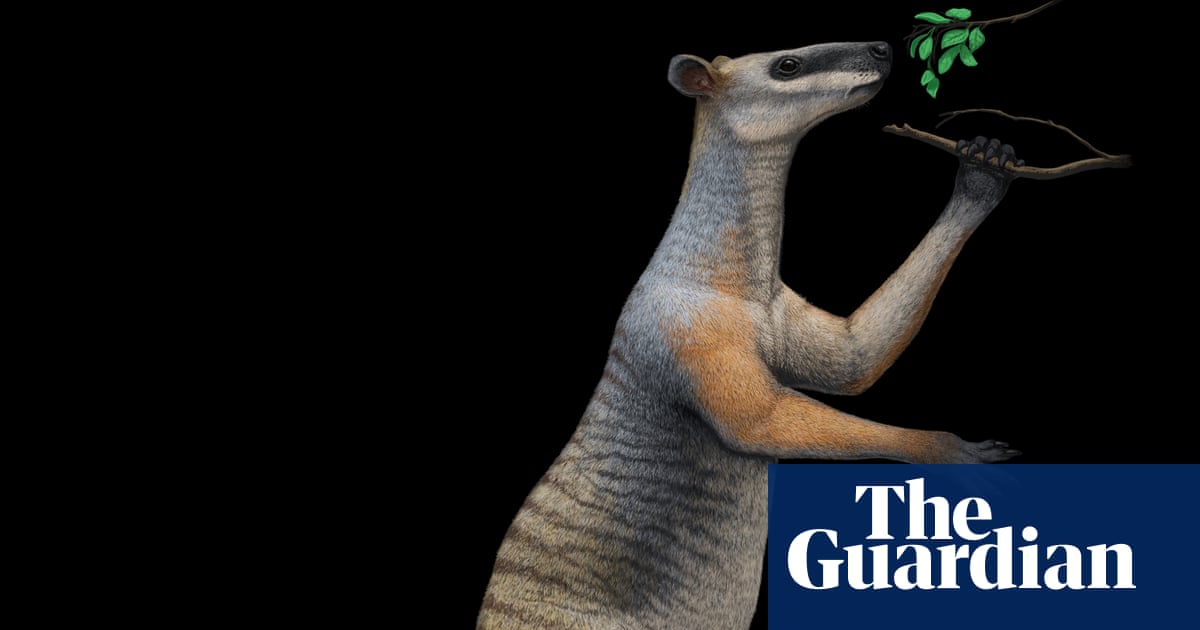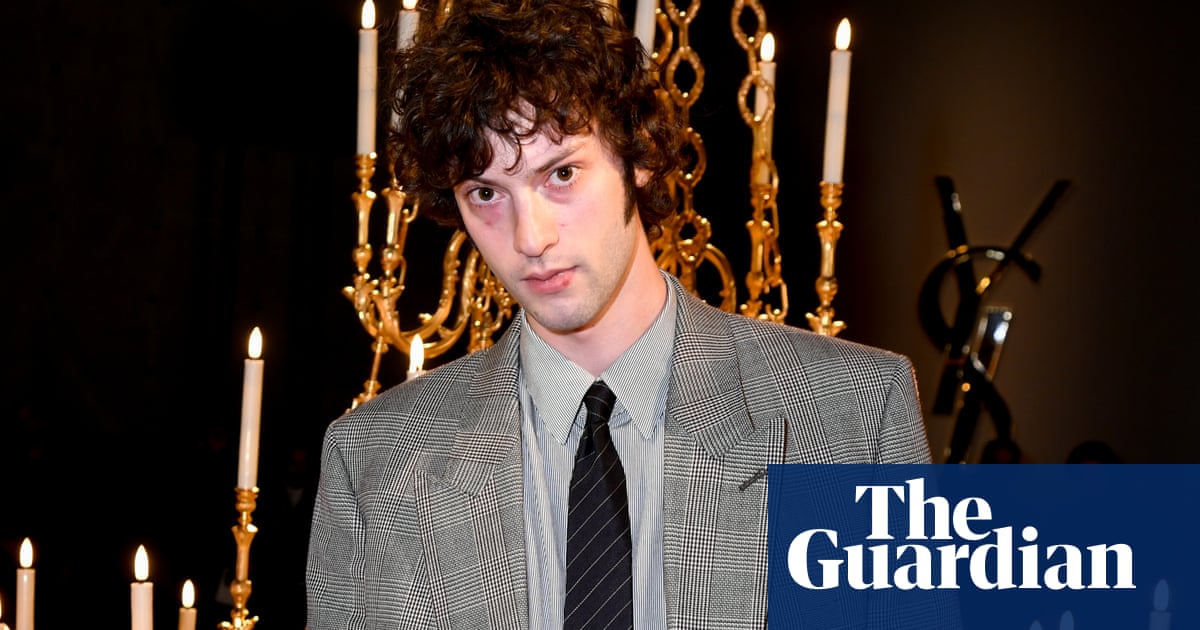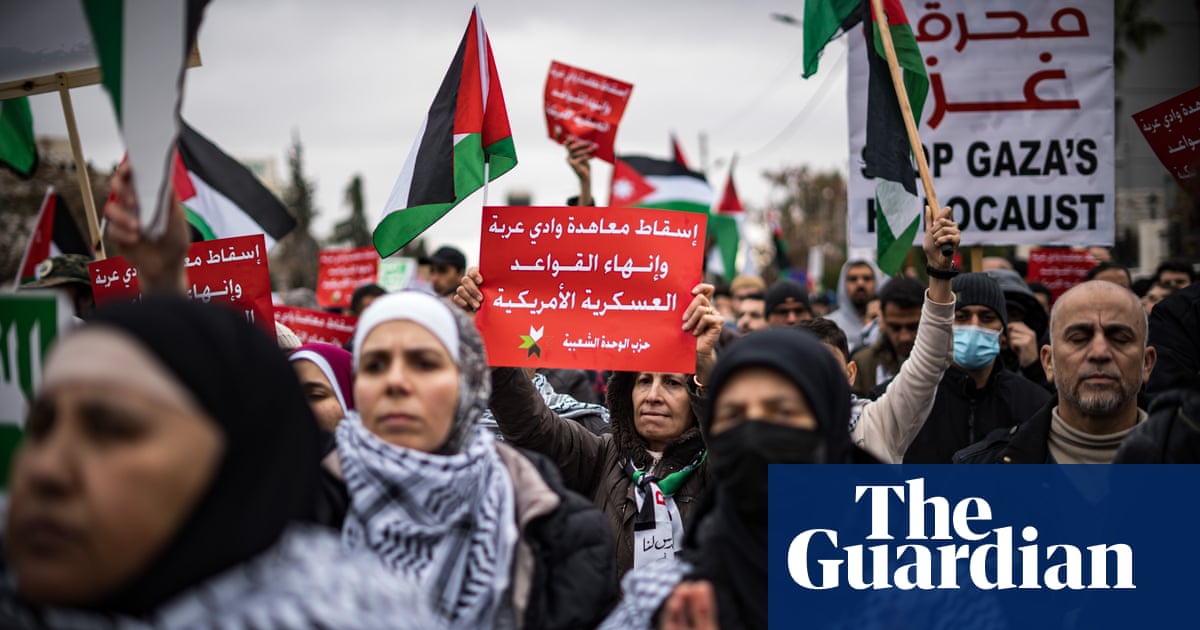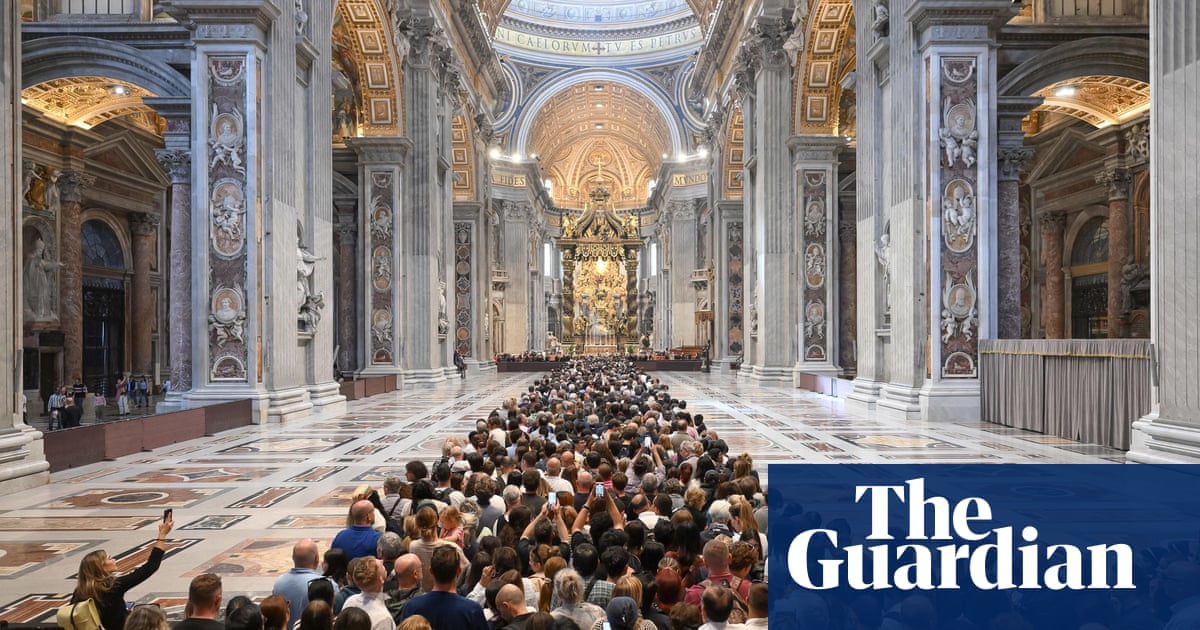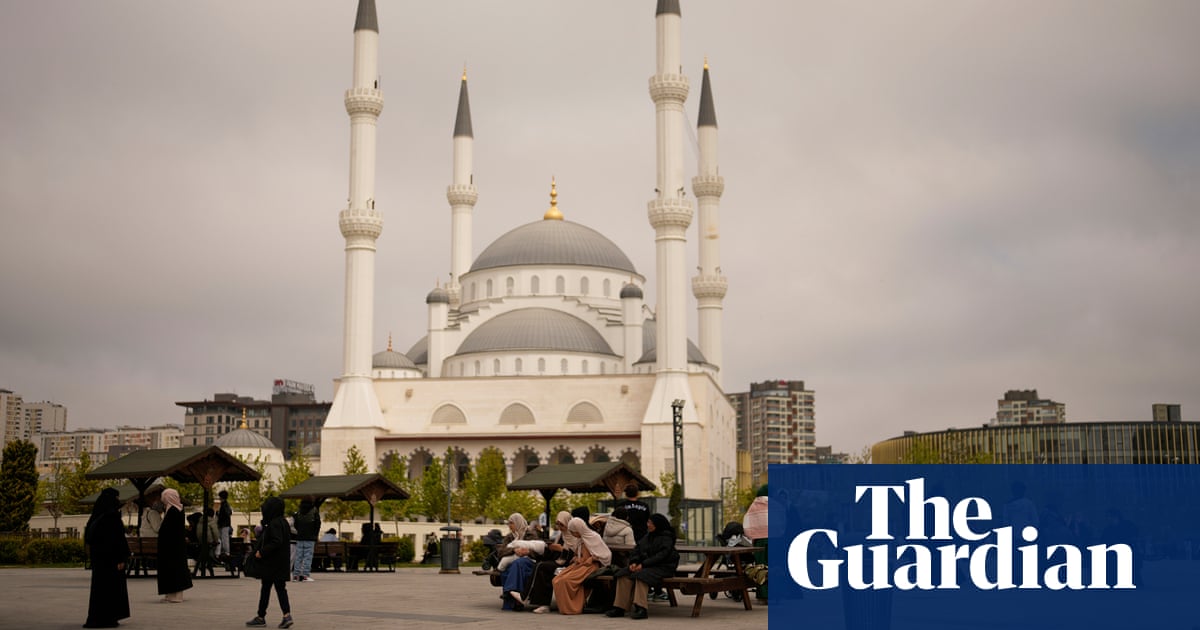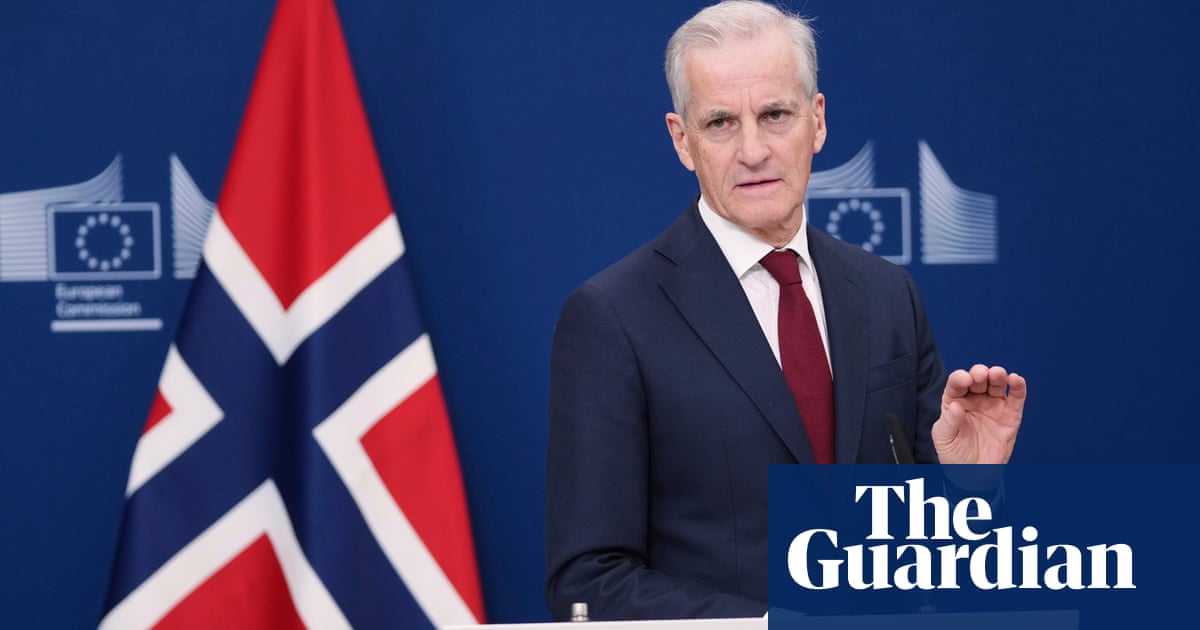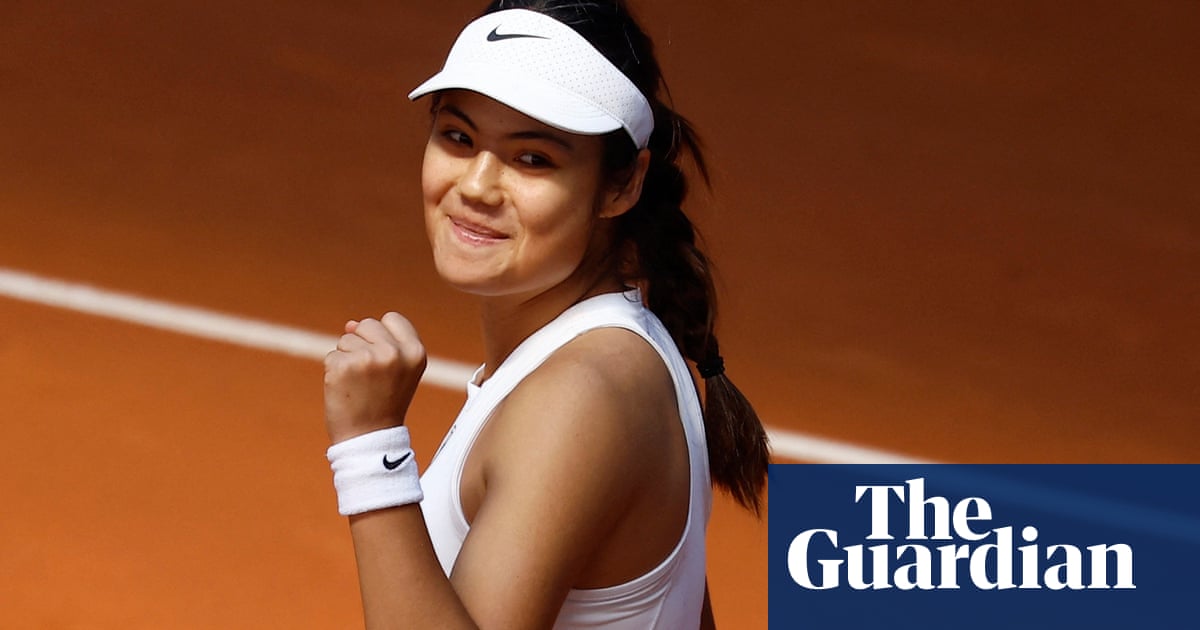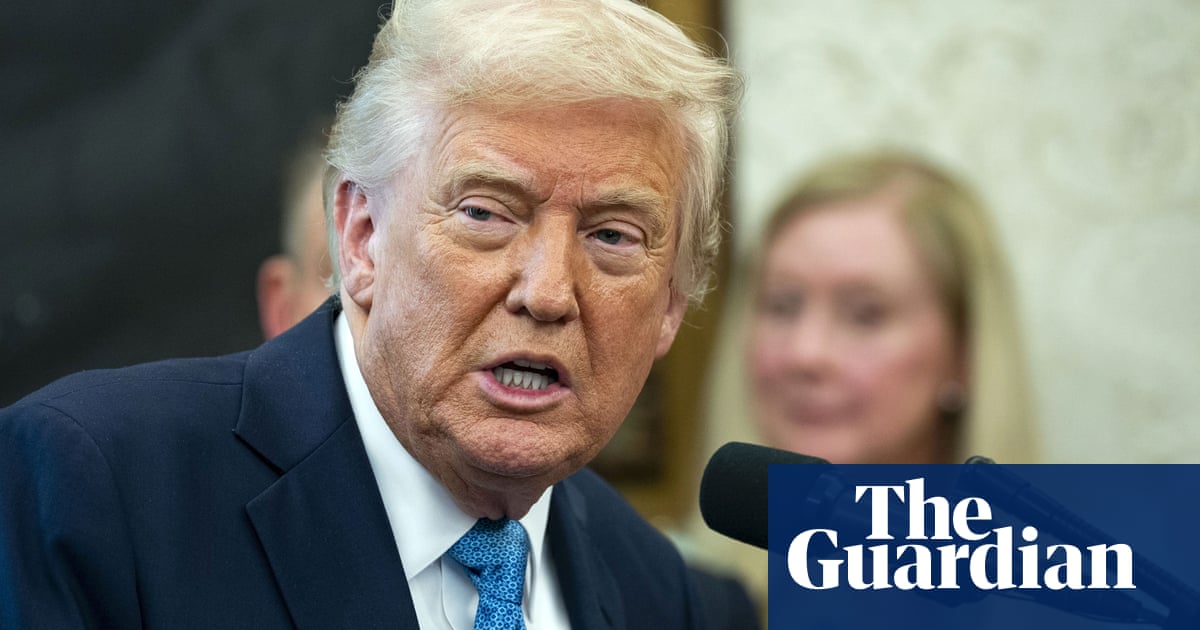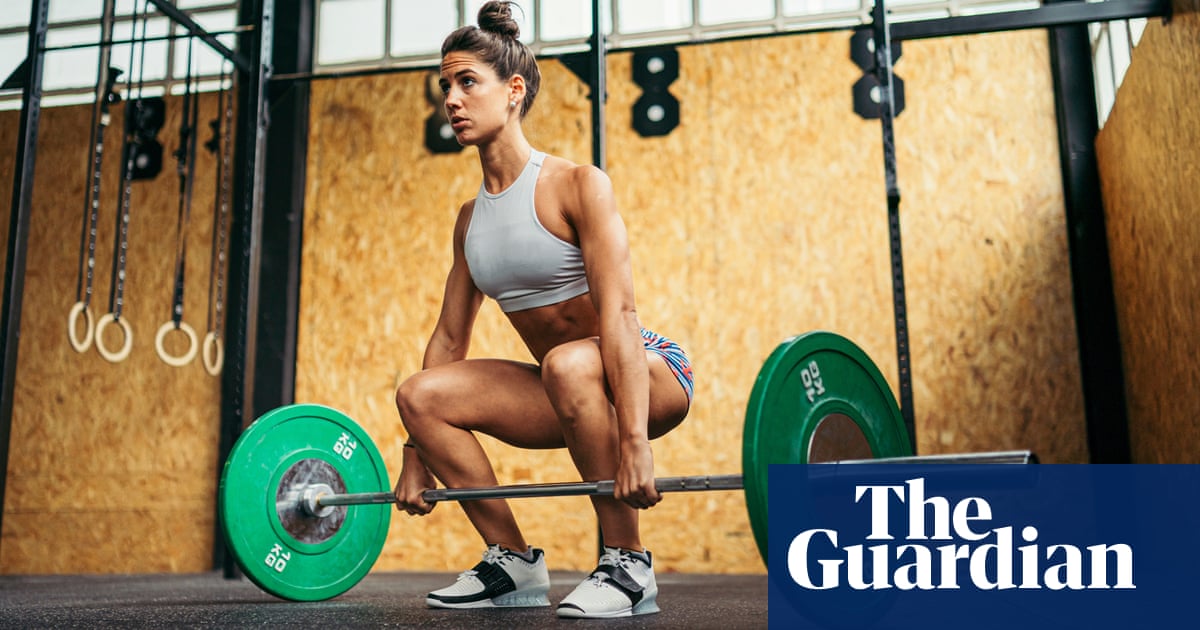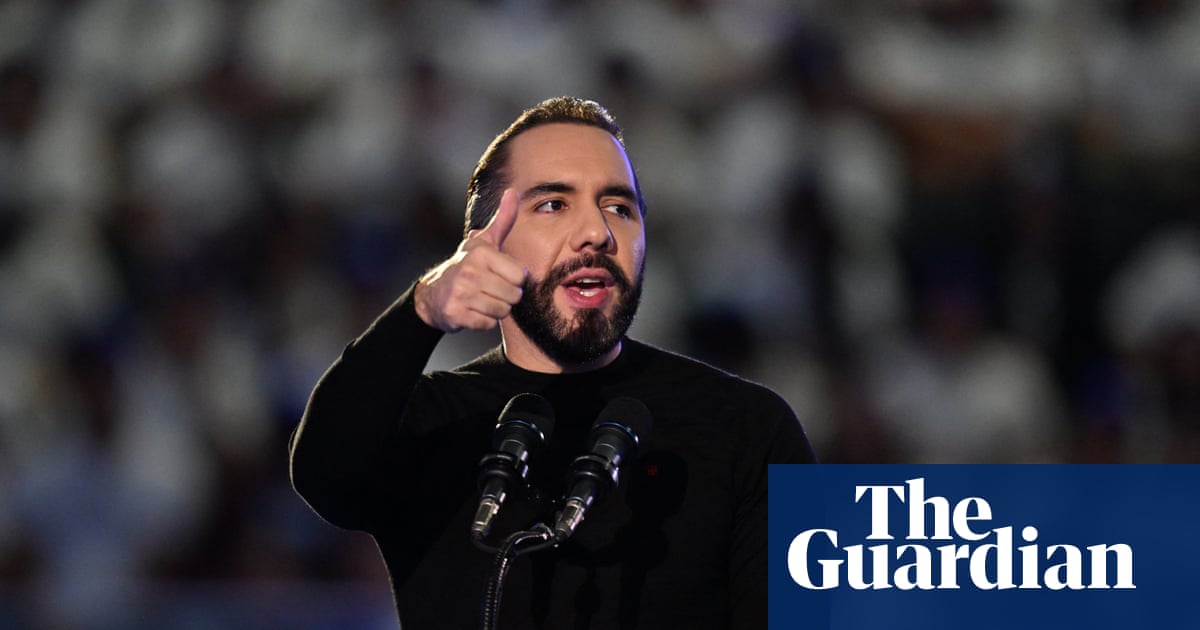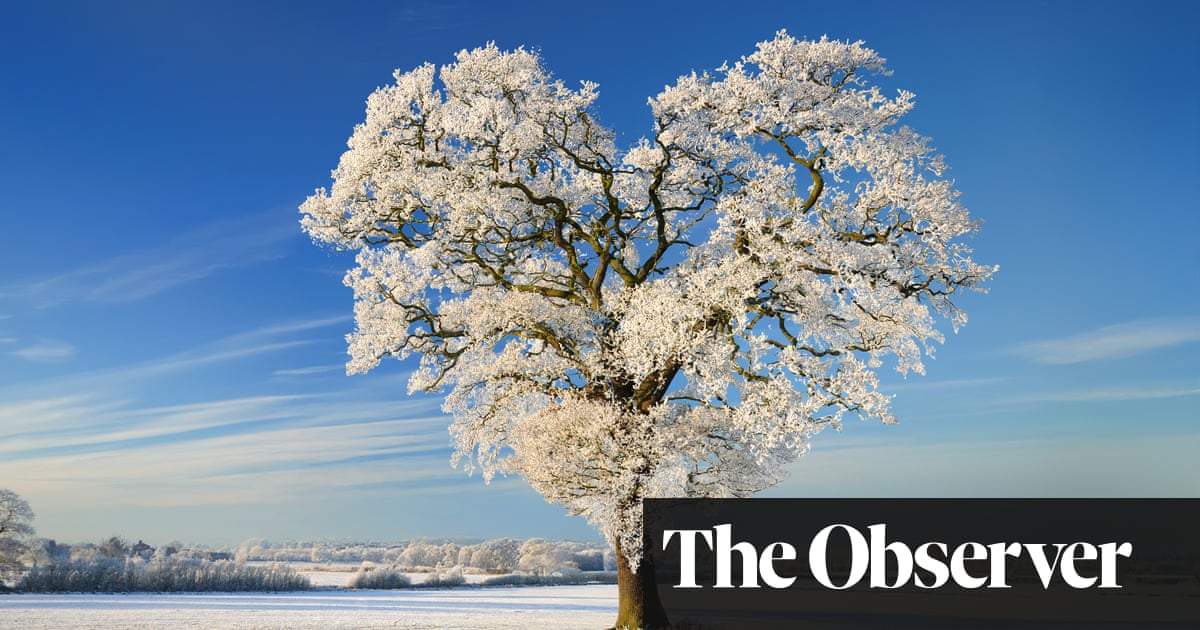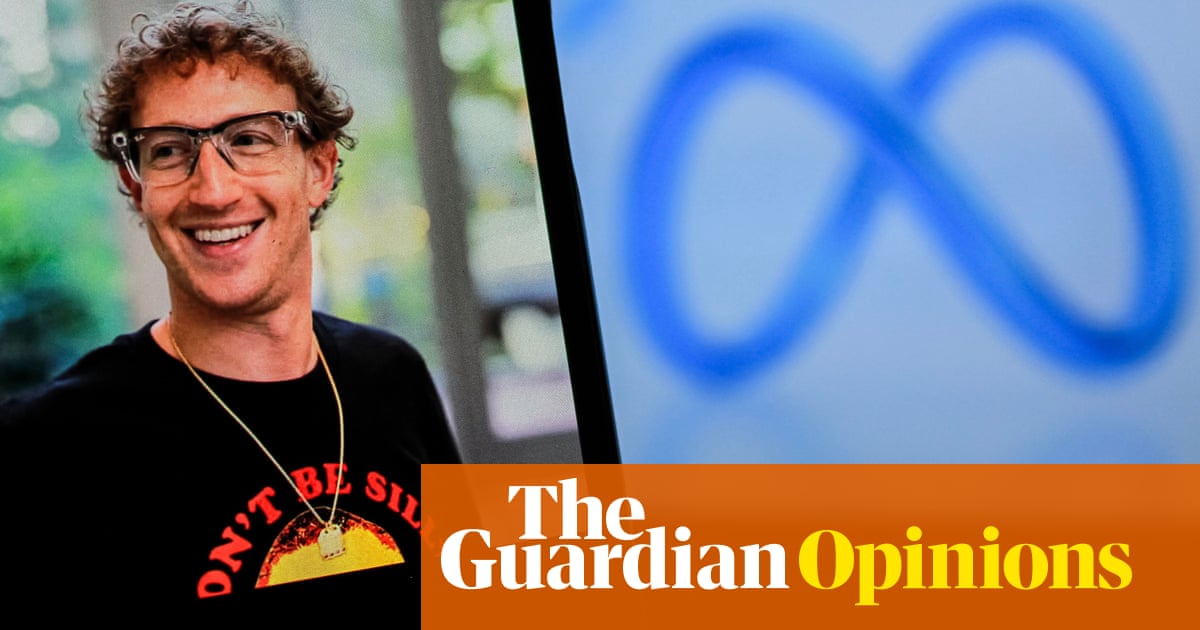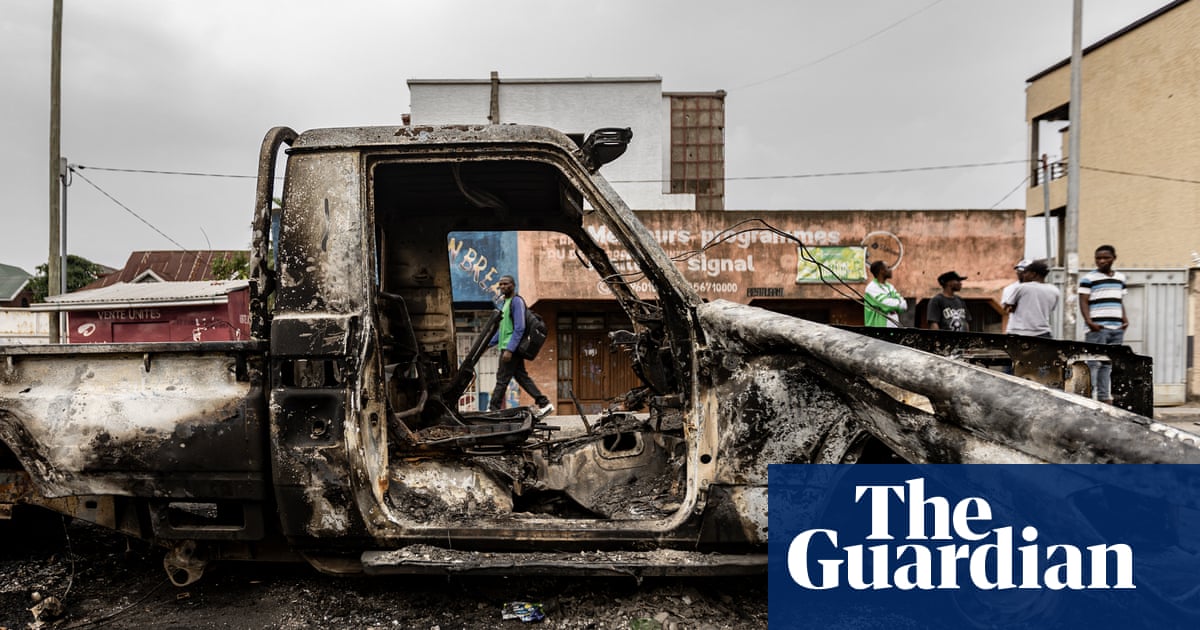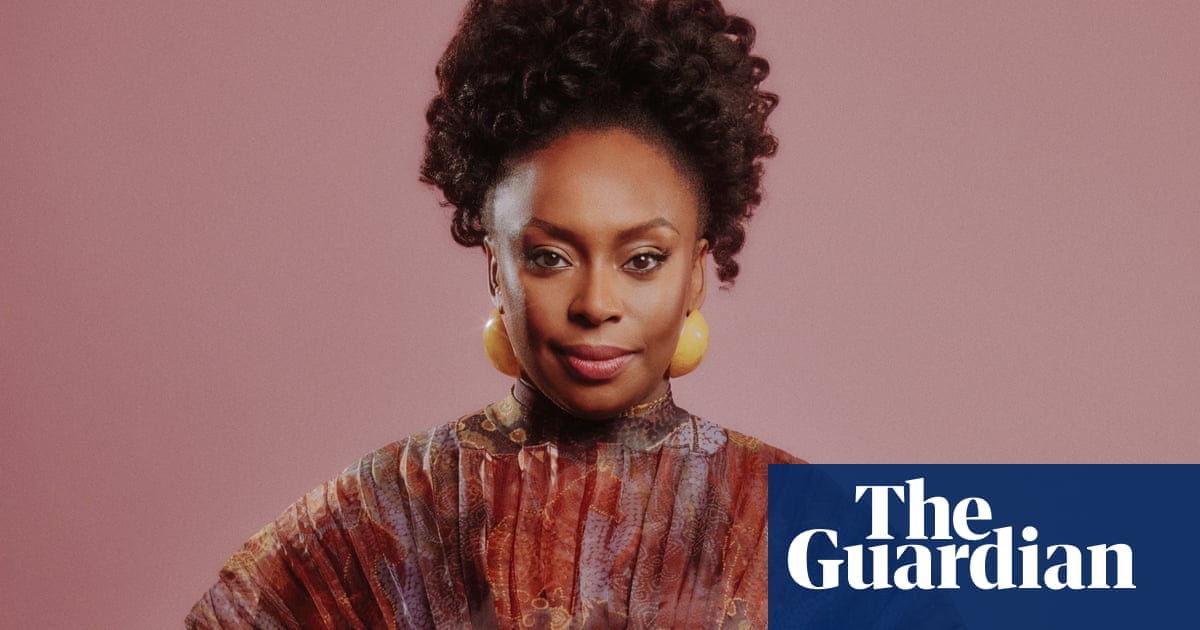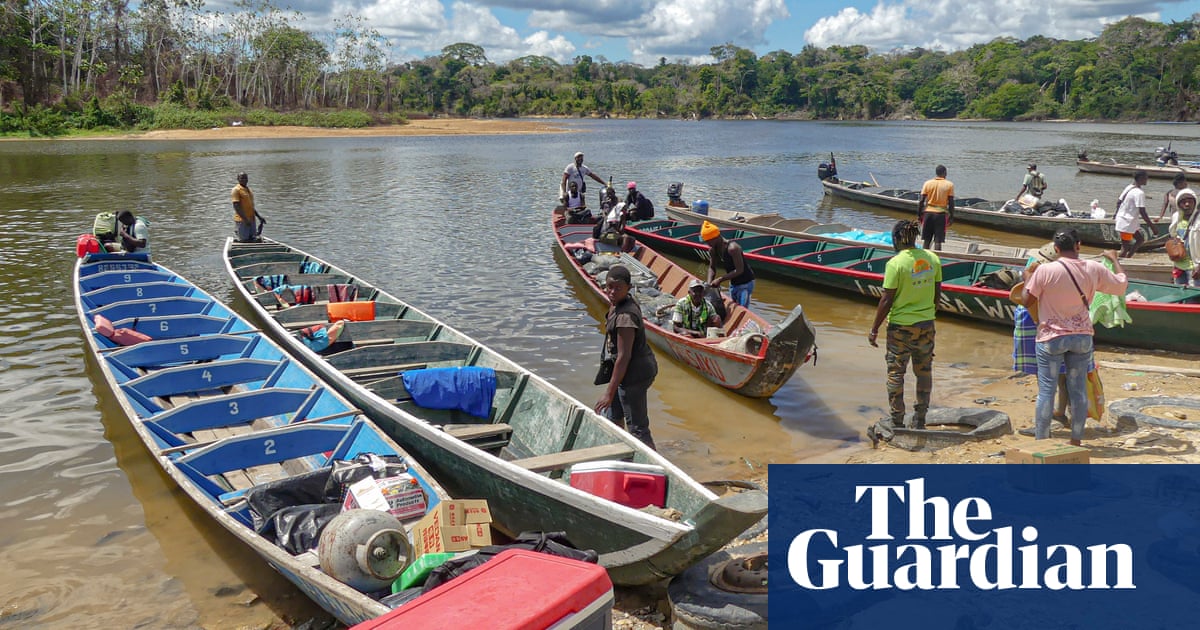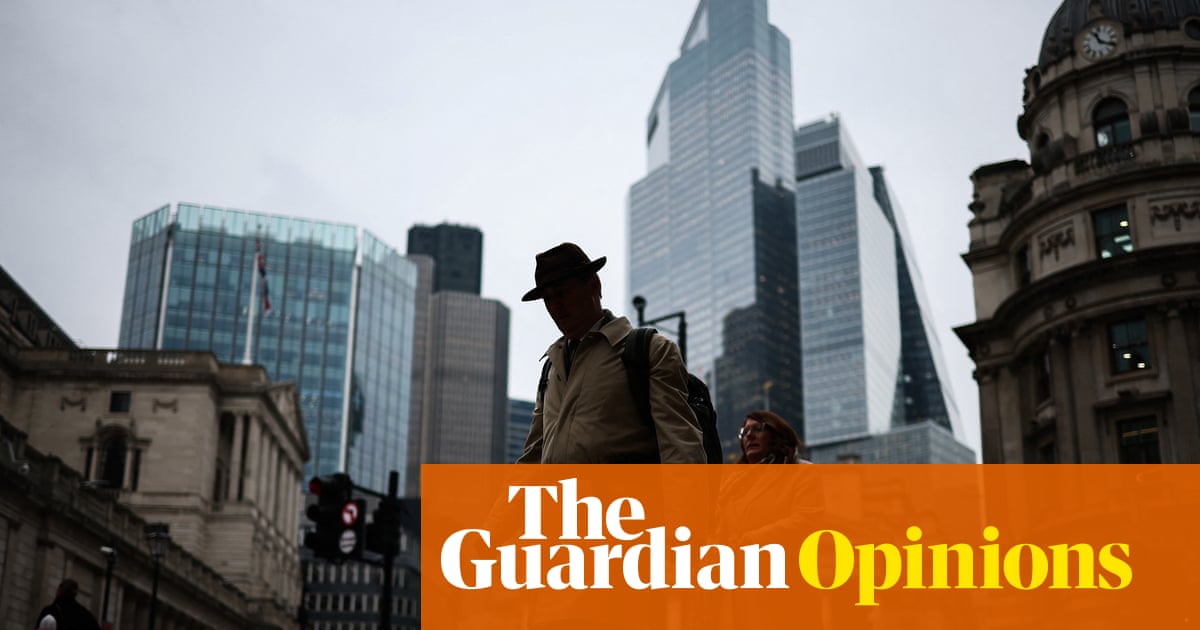The Congo dwarf crocodile is a lovely species. They’re very shy and, unfortunately, very easy to find and catch. Mostly hunted for their bushmeat, these crocs only grow up to a few feet in length and during the dry season, they often spend the daytime hiding in burrows and dens at the water’s edge. Hunters use a long, woody liana vine with a hook on the end to drag them out, before binding their snout with a shorter vine and carrying them away.
Last summer, I shot a story about the Congo dwarf crocodile after being given access to the Lake Télé Community Reserve by the Wildlife Conservation Society (WCS), which manages this protected area in the Democratic Republic of the Congo with the Congolese government.
The species is partly protected, but hunting is permitted to licensed locals within certain areas. The Lake Télé reserve employs rangers, referred to as eco-guards, who have stations on roads leading into the area. They are armed and trained to protect wildlife from poachers or those breaking the terms of their licence, and can search anyone they see coming through in a car or on a motorcycle. Often they seize dwarf crocodiles that are still alive, and release them back into the wild.
One of my photographs from this series shows an eco-guard transporting a group of crocodiles upriver in a boat. These had been retrieved from a poacher who had been hunting on a large scale and selling the meat on to traffickers who transported it away from local communities and into the major cities. The crocs still have their snouts tied until they are released back into the water as although their bite is unlikely to do serious damage, it can still inflict wounds that need stitches.
The reserve management put me in touch with a group of hunters and I was taken to their village on a pirogue – a sort of dugout canoe. I stayed several days with them in the forest while they hunted. Spending time with people who have a very different life than mine is one of the things I most love about my job as a wildlife photojournalist. It’s amazing to sit by a campfire in the middle of the Congolese rainforest and exchange views and ideas with people who have lived their whole lives there. You learn so much.
I rarely take portraits, but from the beginning of the project I had an image in mind of a hunter and his catch, and when we were out of the forest I took the time to set up a few shots. This is my favourite of those portraits because the hunter, Brice Itoua, has a particularly expressive face. He was the most skilled hunter in the group and I wanted him to have his hunting tools, the hook and the liana, in his hand. Brice seemed pretty happy with the picture, too; all the hunters got prints to hang in their homes.
This isn’t how a hunter would typically carry a crocodile – they hang the crocs over their shoulder and walk through the rainforest wearing them like a backpack. But I wanted this photograph to be a portrait of the crocodile as well as Brice, so I had him hold it facing forwards. The intention was to show the hunters in a good light – these villagers hunt to eat, and even for some of the poachers across central Africa, hunting for bushmeat can be seen as the only way to make a living.
For the WCS, it’s a matter of figuring out how much of a species is left and how to properly manage their numbers without completely stopping local traditions. It’s a fine line. Back in the 80s, a hunter would go out and kill maybe one forest antelope and one monkey. That would be enough to feed a family, and there was no impact on wildlife populations. But nowadays it could be five monkeys, six antelopes and two crocodiles, which are being caught not just to eat, but also to sell. That’s why the Congo is suffering from what experts call the empty forest syndrome, where many beautiful rainforest areas have become devoid of wildlife.
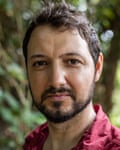
Thomas Nicolon’s CV
Born: 1987, Agen, France
Trained: Journalism school in Marseille, France, and self-taught in photography
Influences: “Nicole Viloteau, Pascal Maitre, Thomas Peschak, Charlie Hamilton James, Christian Ziegler, Brent Stirton, Mattias Klum, and so many others.”
High point: “Being awarded a National Geographic Society grant for a two-year project in northern Australia.”
Low point: “Every time I put too much pressure on myself (that’s before every shoot).”
Top tip: “Work on stories that you have fun shooting, look for topics you’re passionate about – the rest will follow.”

 4 hours ago
3
4 hours ago
3
